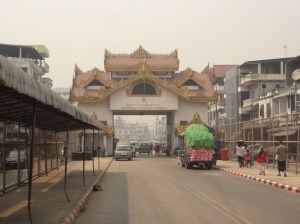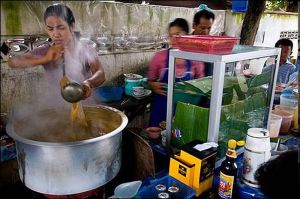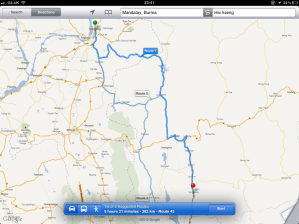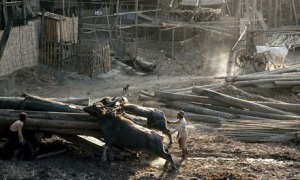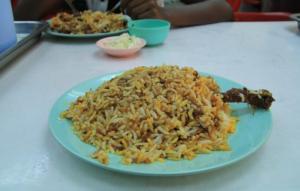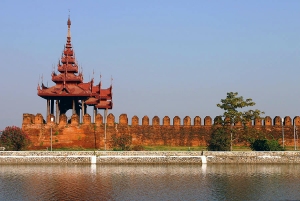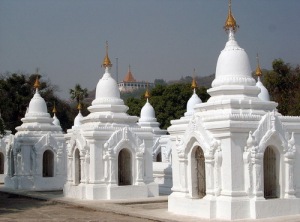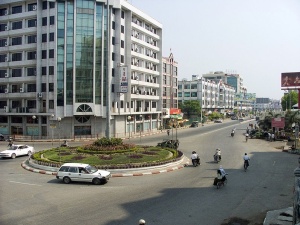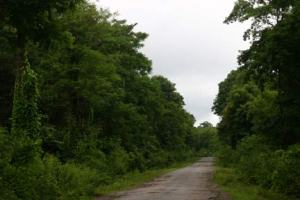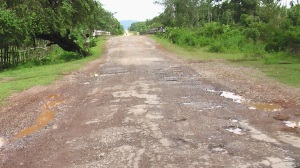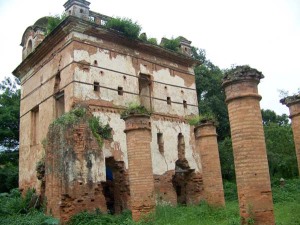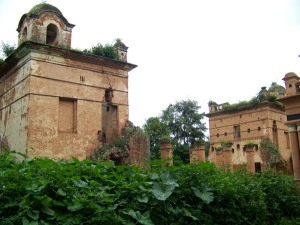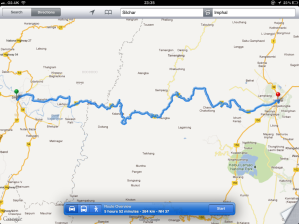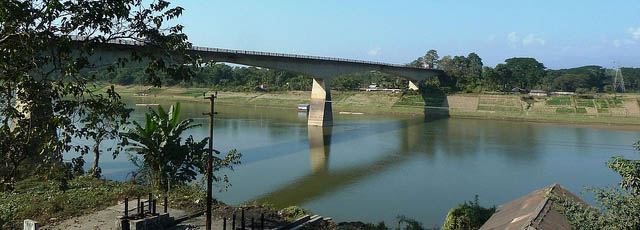After leaving Thaton, the drive to the Thai border crossing took me along Highway 85 and over the Thanlwin bridge at Hpa An. It takes about two and a half hours to get to the border, and I pull over just short to make sure everything is in order.
In reality, this is currently only passable from Thailand to Burma. Up until very recently the Friendship bridge would only allow crossing by foot, despite being a two lane highway on stilts, and your visa would only allow you a day’s worth of time on the Burmese side. The bridge is closed often, mostly due to the trouble on the Burmese side with the Karen National Liberation Army (KNLA). Like the Moreh crossing in the north, I would not be allowed to do the crossing I am about to do. From the Thai side, there is no visa required, only an entry stamp which you would pay US$10, if paid for in dollars, but more (about 500 baht) if paid in Thai currency. None-negotiable.I have to say, I have found that the US dollar is good in most places. Mae Sai/Tachileic, in the north is open daily, but obviously quite a way from Bangkok or this region.
When I started to plot my route through Thailand, I did contemplate going through the northern crossing, but there was something about Burma that I needed to sample. Besides, it would have then made sense to miss Bangkok and cut straight across into Laos. And where’s the fun in that?
So here I am, negotiating the line of people wandering along the road that connects to the bridge. The Friendship Bridge was completed in 1997. Another bridge is planned on the same river.
Passing through Mae Sot, I join the AH1, which is part of the Asian Highway Network. I have driven parts of this road connection through Turkey, Iran, Pakistan, India, Bangladesh and Burma, and now Thailand. Not all of this long Highway is open all of the time, and the Burma section is obviously limited. I fill up the tank at one of the big petrol stations and pick up some food from the side market. It’s suddenly great to see familiar products on the shelves. And proper shops for that matter. It’s about four hours to my next stop, so let’s get going and I’ll fill you in on the way.


